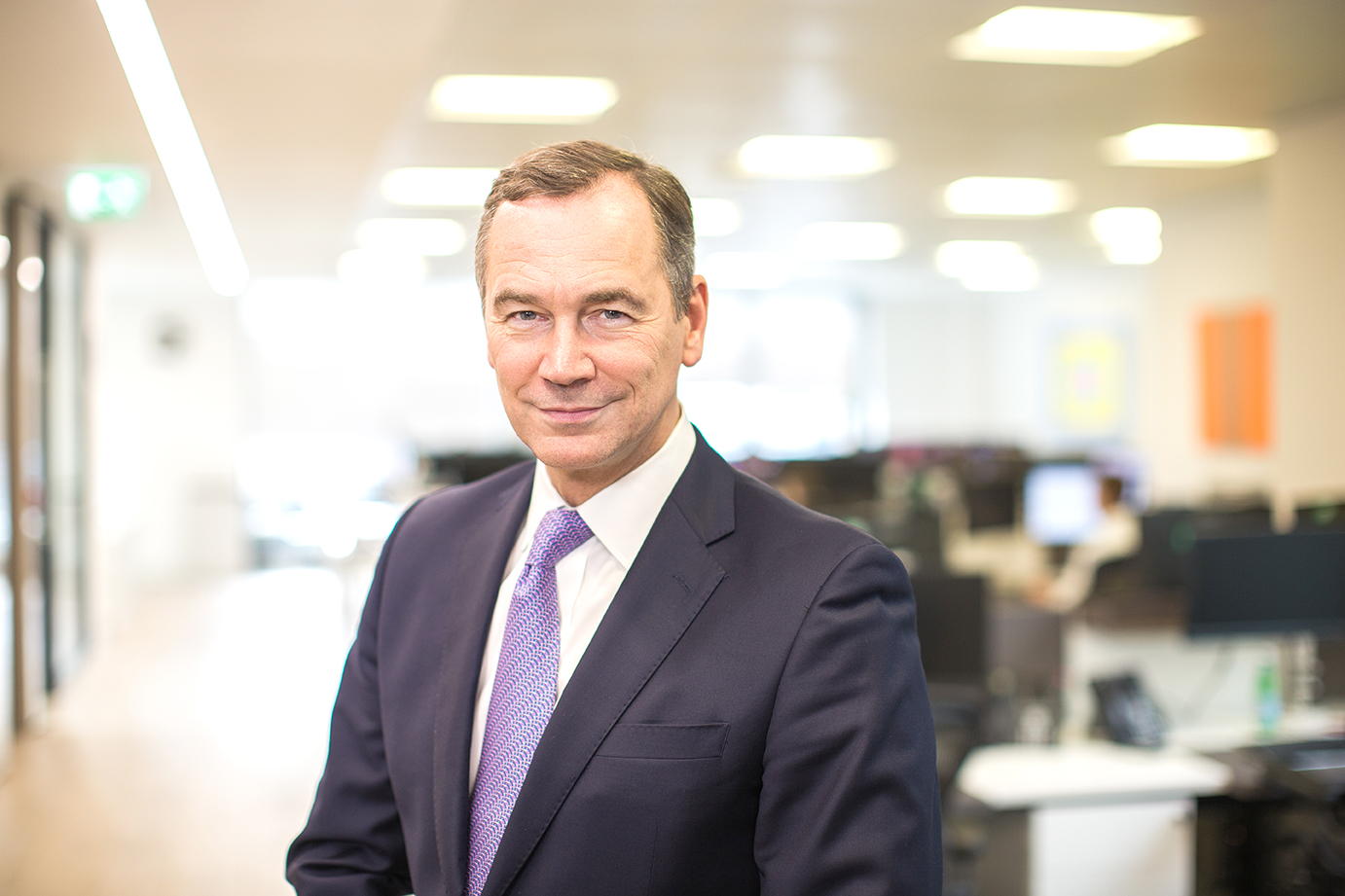The high yield debt market is worth $ 1.3 trillion in the US alone, that of European high yield is about 500 billion, and the corporate debt market of emerging countries is growing. Erick Muller – Head of Markets and Products Strategy at Muzinich, who recently visited Miami- thus explained the scope of the huge , corporate credit industry, in which his company has focused since its foundation in 1988. The strategies managed by the management company are neither limited to high yield, since it also invests in investment grade securities, nor to a fixed term.
Time to invest in energy…
Muller believes that the price of the oil barrel will remain low and volatile, and avoids investing in the US energy sector, except in those companies not sensitive to the price of crude oil. “Now is not the time to invest: with the barrel price remaining at around US$ 40, 30% of companies could fail in the next 12 months. There are sectors that represent better opportunities, such as telecommunications, cable television, healthcare, and consumer products or services, to name a few,” he said in an interview with Funds Society.
Equities or corporate debt ?
According to Muller, there is starting to be some competition between equities and high yield corporate debt, and there seems to be a greater flow towards the latter. “Now is the time to enter the corporate debt market, but staying within securities rated BB or B, and away from emission with a C rating,” says Muller, explaining that the crisis will continue, and lower quality debt can suffer.
Now is also the time to be tactical, because the correlations are very large; and flexible, in order to afford seizing opportunities and exiting at the appropriate time, without being tied down. Another one of this strategist’s keys for investment in the current market environment is diversification, more sophisticated diversification which dilutes risks within each asset class, while allowing him to remain loyal to his convictions.
The US high yield market, which is very domestic economy oriented, is attractive for its fundamentals (except for some activities such as oil or mining), The European is attractive for its lower volatility, while the emerging markets could be attractive for their valuation.
“We are very cautious about global growth. The Fed raised rates for reasons of financial stability and not to relax overheating in the US economy,” said the strategist, who does not believe that the conditions for more than one rate hike in 2016 are given, but also warns that we will have to wait until June to be clearer as to how the year will end.
In his opinion, the most appropriate strategies for this environmentare the short-term US high yield debt strategy, absolute return (global, tactical, and long-short), and those focused on long-term US high yield debt.

